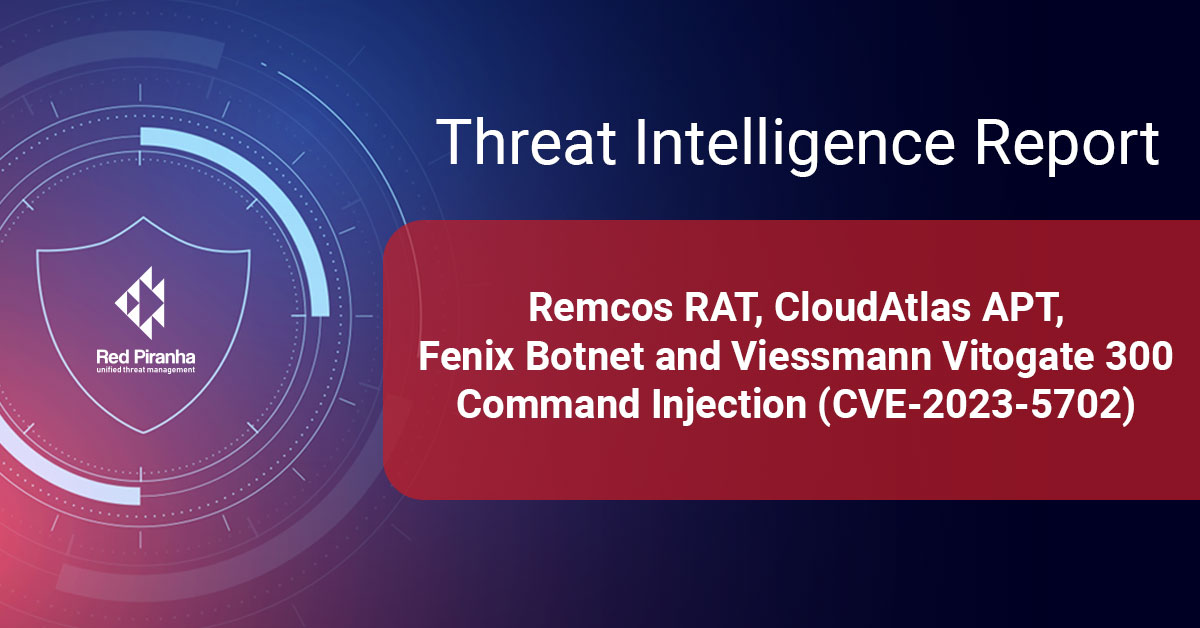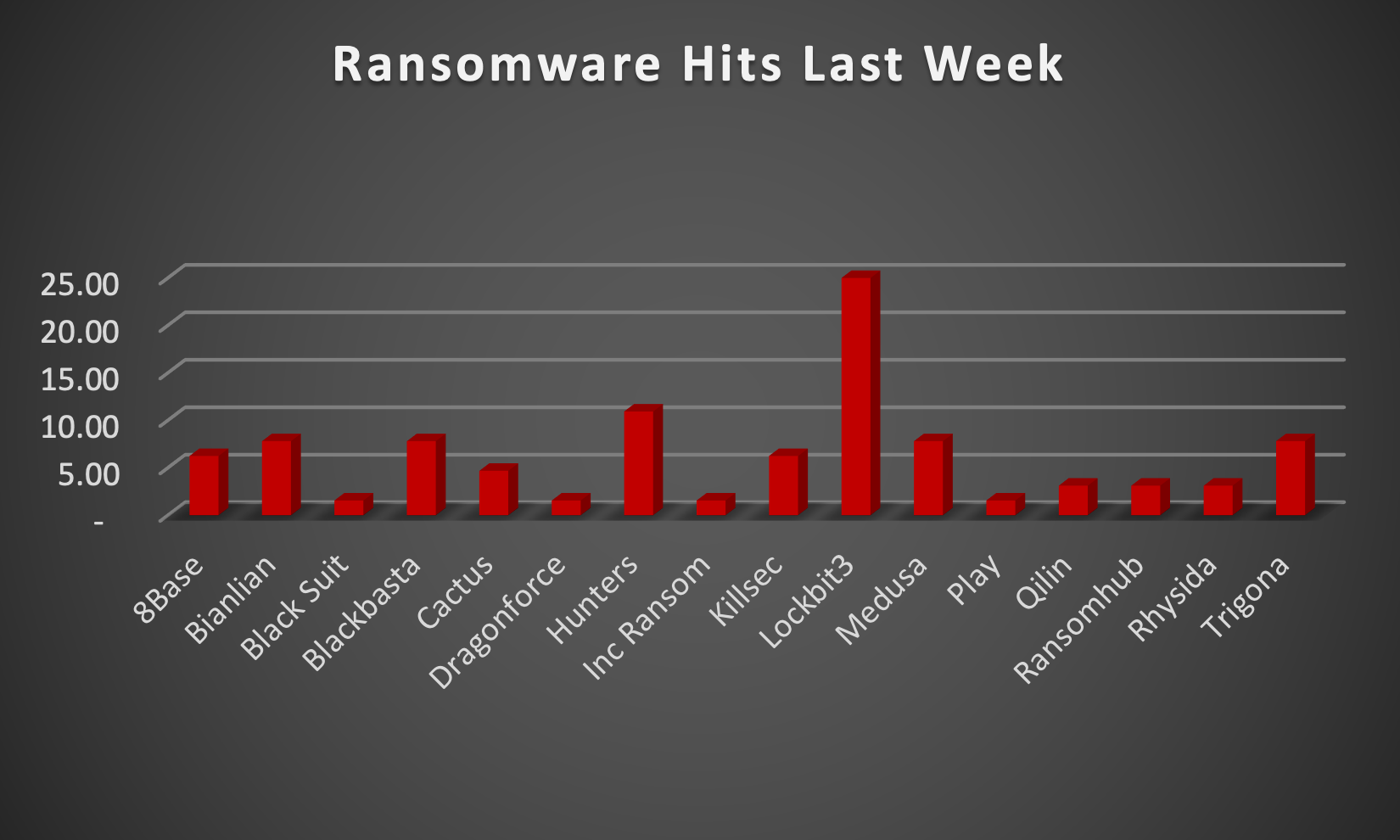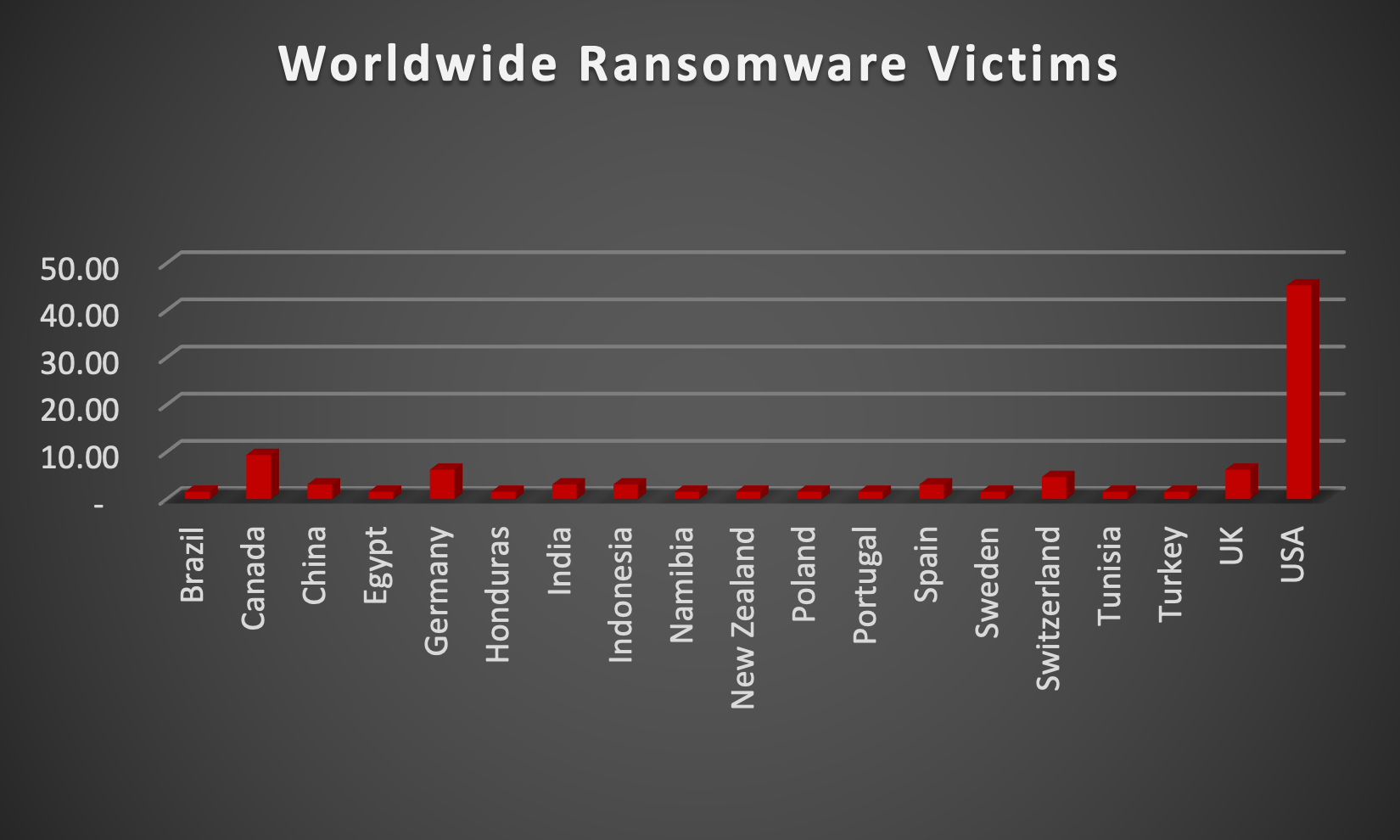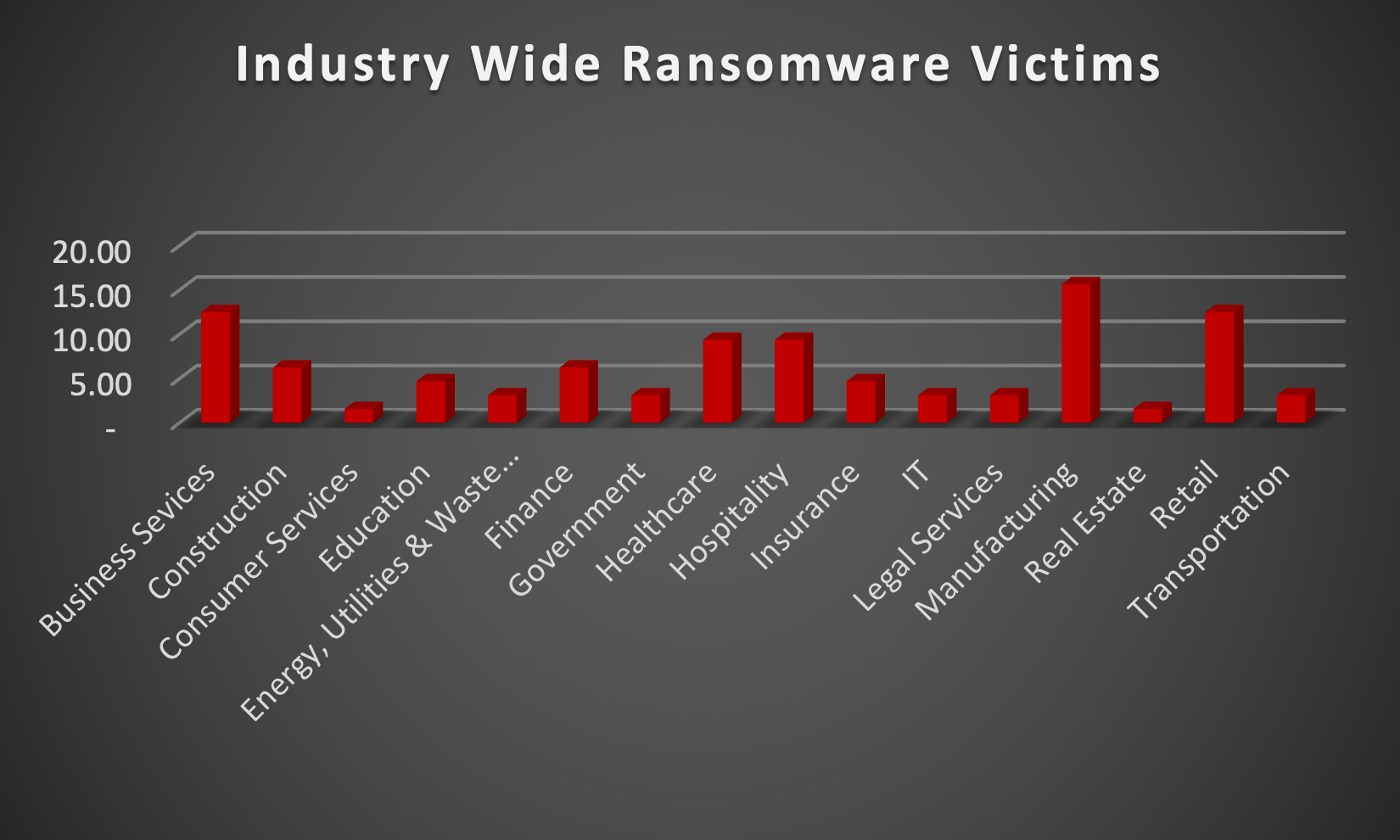
| New Threat Detection Added | 4 (Remcos RAT, CloudAtlas APT, Fenix Botnet and Viessmann Vitogate 300 Command Injection (CVE-2023-5702)) |
| New Threat Protections | 98 |
Weekly Detected Threats
The following threats were added to Crystal Eye XDR this week:
|
Threat name:
|
Remcos RAT | |||||||||||||||||||||
|
Researchers found that in South Korea, some malicious software is being disguised as adult games and shared through webhards, which are websites for storing and sharing files. These websites, along with torrents, are often used to spread harmful software in Korea. The malware is hidden within several games, all prompting users to run a file named Game.exe. After extracting the files, users will find what appears to be a game launcher, but the actual program used to run the game is different. Inside, there are harmful scripts that run alongside the game, potentially causing harm to the user's device. Users should be cautious when downloading from file-sharing sites and stick to trusted sources.
|
||||||||||||||||||||||
|
Threat Protected:
|
01 | |||||||||||||||||||||
|
Rule Set Type:
|
|
|||||||||||||||||||||
|
Class Type:
|
Trojan-activity | |||||||||||||||||||||
|
Kill Chain:
|
|
|||||||||||||||||||||
|
Threat name:
|
CloudAtlas APT | |||||||||||||||||||||
|
CloudAtlas, aka Inception or RedOctober, is a group of cyber attackers known for their advanced tactics. They have been active since around 2014 and focus on government, military, and diplomatic organisations in Eastern Europe and Central Asia. Their methods include techniques like spear-phishing, planting traps on popular websites, and sending harmful files disguised as legitimate documents. They use their special software, like PowerShower and FlowCloud, along with the infamous RedOctober program. CloudAtlas is skilled at changing its methods to avoid getting caught and to keep getting into its target's computer networks.
|
||||||||||||||||||||||
|
Threat Protected:
|
06 | |||||||||||||||||||||
|
Rule Set Type:
|
|
|||||||||||||||||||||
|
Class Type:
|
Trojan-activity | |||||||||||||||||||||
|
Kill Chain:
|
|
|||||||||||||||||||||
|
Threat name:
|
Fenix Botnet | ||||||||||||||||||
|
In a recent attack targeting people in Latin America, the Fenix Botnet was used as a separate kind of malware. The attackers tricked people by disguising the harmful software as real tools inside .zip files. When someone opens these files, the harmful software gets installed on their computer. This software can steal information, like passwords and banking details, by recording what people type or extracting data from their devices. The attackers specifically go after data related to big banks in Latin American countries, trying to get valuable information. It's important to be careful when opening files from unknown sources to avoid falling victim to such attacks.
|
|||||||||||||||||||
|
Threat Protected:
|
30 | ||||||||||||||||||
|
Rule Set Type:
|
|
||||||||||||||||||
|
Class Type:
|
Trojan-activity | ||||||||||||||||||
|
Kill Chain:
|
|
||||||||||||||||||
|
Threat name:
|
Viessmann Vitogate 300 Command Injection (CVE-2023-5702) | ||||||||||||||||||
|
The Vitogate 300, the gateway used to connect the Viessmann LON to BACnet or Modbus, was deployed with a vulnerability that allowed an attacker to access sensitive content such as configuration files without logging in.
|
|||||||||||||||||||
|
Threat Protected:
|
1 | ||||||||||||||||||
|
Rule Set Type:
|
|
||||||||||||||||||
|
Class Type:
|
Attempted-admin | ||||||||||||||||||
|
Kill Chain:
|
|
||||||||||||||||||
Known exploited vulnerabilities (Week 4 - March 2024)
|
Threat
|
CVSS
|
Description | |
|
CVE-2024-23334
|
7.5 (High)
|
aiohttp Directory Traversal Vulnerability
|
Updated Malware Signatures (Week 4 - March 2024)
|
Threat
|
Description
|
|
|
Cerber
|
Another type of ransomware but instead of the usual ransom text files, it plays audio on the victim’s infected machine.
|
|
|
Remcos
|
Remcos functions as a remote access trojan (RAT), granting unauthorised individuals the ability to issue commands on the compromised host, record keystrokes, engage with the host's webcam, and take snapshots. Typically, this malicious software is distributed through Microsoft Office documents containing macros, which are often attached to malicious emails.
|
|
|
Gh0stRAT
|
Gh0stRAT is a widely recognised group of remote access trojans strategically crafted to grant an assailant full authority over a compromised system. Its functionalities encompass monitoring keystrokes, capturing video via the webcam, and deploying subsequent malware. The source code of Gh0stRAT has been openly accessible on the internet for an extended period, substantially reducing the hurdle for malicious actors to adapt and employ the code in fresh attack endeavours.
|
|
|
MacStealer
|
A remote access trojan enables its operator to take control of a victim machine and steal data. It is usually distributed through spam and phishing emails.
|
| Ransomware Report | |
|
The Red Piranha Team actively collects information on organisations globally affected by ransomware attacks from various sources, including the Dark Web. In the past week alone, our team uncovered new ransomware victims or updates on previous victims across 16 different industries spanning 19 countries. This underscores the widespread and indiscriminate impact of ransomware attacks, emphasising their potential to affect organisations of varying sizes and sectors worldwide. Lockbit3.0 ransomware group stands out as the most prolific, having updated a significant number of victims (25%) distributed across multiple countries. In comparison, Hunter and Bianlian ransomware groups have updated 10% and 7% victims, respectively, in the past week. The following list provides the victim counts in percentages for these ransomware groups and a selection of others. As you read above, LockBit3.0 has emerged as one of the most dangerous ransomware strains, affecting the highest number of victims globally. Take a moment to delve into the dark history and the profound impact that the LockBit3.0 ransomware group has had: LockBit3.0, also known as LockBit Black, stands out as a highly dangerous ransomware that has inflicted widespread damage on a global scale. Its history unfolds with the emergence of the original LockBit in 2016, initially a basic but effective ransomware. By 2019, LockBit 2.0 arrived, featuring enhanced encryption and a focus on larger organisations. A significant shift occurred in 2020 when LockBit transformed into a Ransomware-as-a-Service (RaaS) model, allowing anyone to launch ransomware attacks through its platform. This evolution marked a turning point, granting widespread access to LockBit and amplifying its threat level. In 2022, LockBit3.0, or LockBit Black, made its debut, introducing increased modularity, evasion tactics, and customisation, making detection and prevention more challenging. LockBit3.0 has left a trail of disruption across critical sectors, impacting hospitals, schools, and government agencies. In 2021, it notably crippled the Colonial Pipeline, leading to significant fuel disruptions in the US. Even manufacturing giants like CISA and Samsung have fallen victim to LockBit's powerful encryption. Efforts are underway globally to dismantle LockBit and its operators, with companies investing heavily in defence measures. Despite these endeavours, LockBit3.0 remains a persistent threat. Its RaaS model ensures constant evolution, posing an ongoing challenge for the cybersecurity community. Staying vigilant and implementing robust security practices are crucial to confront this ever-growing and evolving cyber threat. Read more. |
|
| Name of Ransomware Group | Percentage of new Victims last week |
|
8Base
|
6.25%
|
|
Bianlian
|
7.81%
|
|
Black Suit
|
1.56%
|
|
Blackbasta
|
7.81%
|
|
Cactus
|
4.69%
|
|
Dragonforce
|
1.56%
|
|
Hunters
|
10.94%
|
|
Inc Ransom
|
1.56%
|
|
Killsec
|
6.25%
|
|
Lockbit3
|
25.00 %
|
|
Medusa
|
7.81%
|
|
Play
|
1.56%
|
|
Qilin
|
3.13%
|
|
Ransomhub
|
3.13%
|
|
Rhysida
|
3.13%
|
|
Trigona
|
7.81%
|

|
In a comprehensive analysis of ransomware victims across 19 countries, the United States emerges as the most heavily impacted nation, reporting a staggering 45% victim updates in the past week. The following list provides a breakdown of the number and percentage of new ransomware victims per country, underscoring the persistent and concerning prevalence of ransomware attacks, with the USA particularly susceptible to these cybersecurity threats.
|
|||||||||||||||||||||||||||||||||||||||||

|
Upon further investigation, it has been identified that ransomware has left its mark on 16 different industries worldwide. Notably, the Manufacturing and Business Services bore the brunt of the attacks in the past week, accounting for 15 and 12 victims respectively. The table below delineates the most recent ransomware victims, organised by industry, shedding light on the sectors grappling with the significant impact of these cyber threats.
|
|||||||||||||||||||||||||||||||||||

